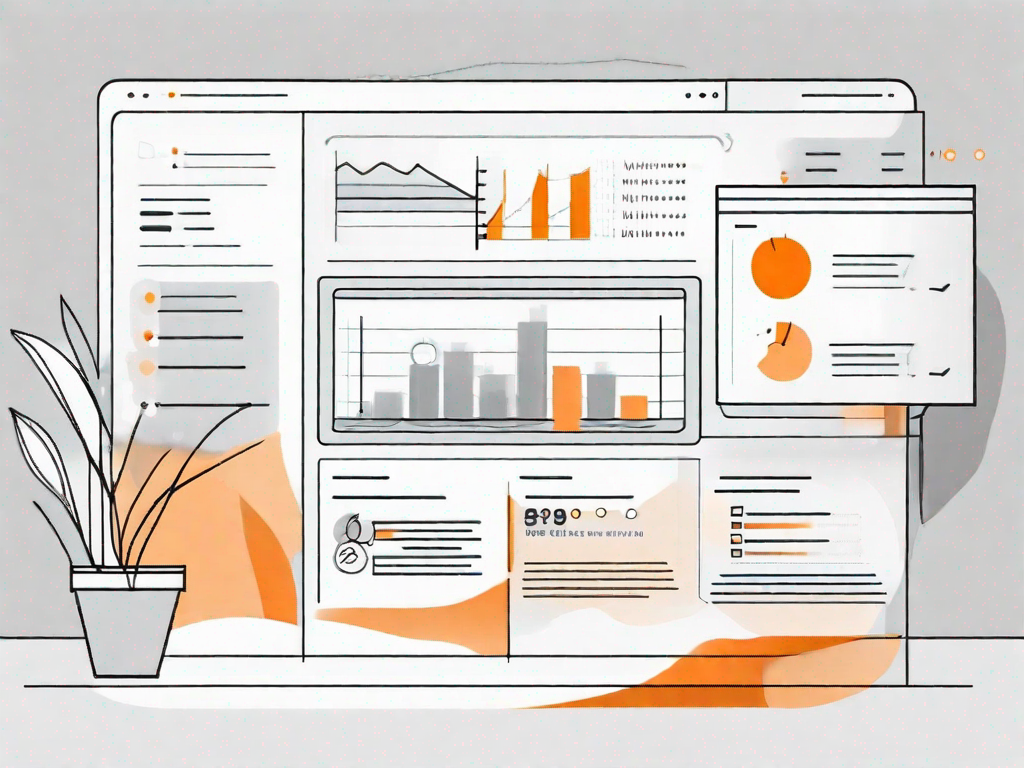.svg)
How to set up custom user capabilities in WordPress
.svg)

WordPress is a popular content management system that allows users to create and manage websites easily. While WordPress provides default user roles and capabilities, sometimes you may need to set up custom user capabilities to tailor the user experience to your specific needs. In this article, we will guide you through the process of setting up custom user capabilities in WordPress.
Understanding User Roles and Capabilities in WordPress
Before diving into the setup process, it is essential to understand the concept of user roles and capabilities in WordPress. User roles determine the level of access and control a user has within a WordPress site, while capabilities define specific actions that a user can perform.
When it comes to managing a WordPress site, having a clear understanding of user roles and capabilities is crucial. By assigning the appropriate user role to each individual, you can ensure that the right people have the right level of access and control over your site's content and settings.
WordPress provides several default user roles, each with its own set of capabilities. These roles are designed to cover a wide range of scenarios and cater to different levels of responsibility and authority. Understanding the default user roles is a fundamental step towards effectively managing user access on your WordPress site.
The Default User Roles in WordPress
WordPress provides five default user roles, each with its own specific set of capabilities. These roles are:
- Administrator: The highest level of access with full control over the site. Administrators have the power to manage all aspects of a WordPress site, including creating and deleting users, installing plugins and themes, and modifying site settings.
- Editor: Editors have the ability to publish and manage posts, making them an important role for content management. However, they do not have access to site settings, ensuring that they focus solely on content creation and editing.
- Author: Authors can publish and manage their own posts. This role is suitable for individuals who contribute regularly to the site and need the ability to publish their own content without having access to other users' posts.
- Contributor: Contributors can write and manage their own posts, but they do not have the ability to publish them. This role is ideal for individuals who need to submit content for review and approval before it goes live on the site.
- Subscriber: Subscribers have the most limited access, with the ability to manage their profile and leave comments. This role is typically assigned to site visitors who want to engage with the content by leaving comments or subscribing to newsletters.
Understanding the default user roles in WordPress allows you to assign the appropriate role to each user based on their responsibilities and the level of access they require. This ensures that your site remains secure and that users have the necessary permissions to perform their tasks without compromising the overall integrity of your site.
What are Custom User Capabilities?
While the default user roles cover most scenarios, there might be situations where you need more granularity in controlling user access. This is where custom user capabilities come into play. Custom user capabilities allow you to define specific actions and permissions beyond what the default roles provide.
Custom user capabilities give you the flexibility to tailor user access to suit your specific needs. For example, you may want to create a custom user role that has the ability to edit and delete specific types of content, but not have access to other areas of the site. With custom user capabilities, you can define these specific actions and assign them to the appropriate user role.
By utilizing custom user capabilities, you can fine-tune the level of control and access for each user, ensuring that they have the necessary permissions to perform their tasks effectively without compromising the security and integrity of your WordPress site.
In conclusion, understanding user roles and capabilities in WordPress is essential for effectively managing user access and control on your site. By familiarizing yourself with the default user roles and exploring the possibilities of custom user capabilities, you can ensure that your WordPress site is secure, organized, and tailored to meet the needs of your users.
Preparing Your WordPress Site for Custom User Capabilities
Before you can start setting up custom user capabilities, there are a few preparatory steps you should take. These steps will ensure that your WordPress site is ready for the customization process.
Backing Up Your WordPress Site
Prior to making any changes, it is crucial to create a backup of your WordPress site. This will serve as a safety net in case anything goes wrong during the setup process.
Installing Necessary Plugins
To streamline the process of setting up custom user capabilities, you may need to install a plugin specifically designed for this purpose. There are several plugins available that make it easy to create and manage custom user roles and capabilities.
Creating Custom User Roles in WordPress
Now that your WordPress site is ready, you can proceed to create custom user roles according to your requirements. There are two primary methods for creating custom user roles: using a plugin or manually.
Using a Plugin for Role Creation
If you prefer a user-friendly approach, you can utilize a plugin like "User Role Editor." This plugin allows you to create and manage custom user roles and their capabilities through a simple and intuitive interface.
Manual Creation of User Roles
If you are comfortable with coding and prefer a more hands-on approach, you can manually create custom user roles. This involves modifying the WordPress codebase or using custom code snippets in your theme's functions.php file.
Assigning Custom Capabilities to User Roles
Once you have created the desired custom user roles, the next step is to assign the necessary capabilities to these roles. Capabilities can be assigned through a plugin or manually using code snippets.
Understanding Capability Types
Capabilities in WordPress are classified into three main types: basic, meta, and primitive. Basic capabilities include actions such as creating, reading, updating, and deleting content. Meta capabilities control access to specific parts of the WordPress admin interface. Primitive capabilities define core actions, such as editing posts and managing categories.
Assigning Capabilities Using a Plugin
If you are using a plugin like "User Role Editor," you can easily assign capabilities to your custom user roles through an intuitive interface. The plugin allows you to select the desired capabilities and assign them to specific roles with just a few clicks.
Manually Assigning Capabilities
If you prefer a more granular control over capabilities or have custom requirements, you can manually assign capabilities using code snippets. This method involves modifying the WordPress codebase or using custom code in your theme's functions.php file.
Managing and Editing User Roles and Capabilities
After setting up custom user capabilities, you may need to manage and edit the user roles and capabilities as your site evolves. WordPress provides options for editing user roles through plugins, or you can manually make changes using code snippets.
Editing User Roles
If you need to make changes to the capabilities of existing user roles, you can use a plugin like "User Role Editor" to modify the capabilities directly from the WordPress admin dashboard. This approach eliminates the need for coding and allows for easy management of user roles.
Removing User Roles and Capabilities
If you no longer require certain custom user roles or capabilities, you can remove them using a plugin or manually. When removing user roles or capabilities manually, it is essential to update your custom code and remove any references to the roles or capabilities being removed.
Setting up custom user capabilities in WordPress gives you the flexibility to fine-tune the access and control given to different users on your site. By understanding user roles, creating custom user roles, assigning custom capabilities, and managing user roles, you can create a tailored user experience that meets the unique requirements of your WordPress site.
Let's
Let’s discuss how we can bring reinvigorated value and purpose to your brand.







.svg)